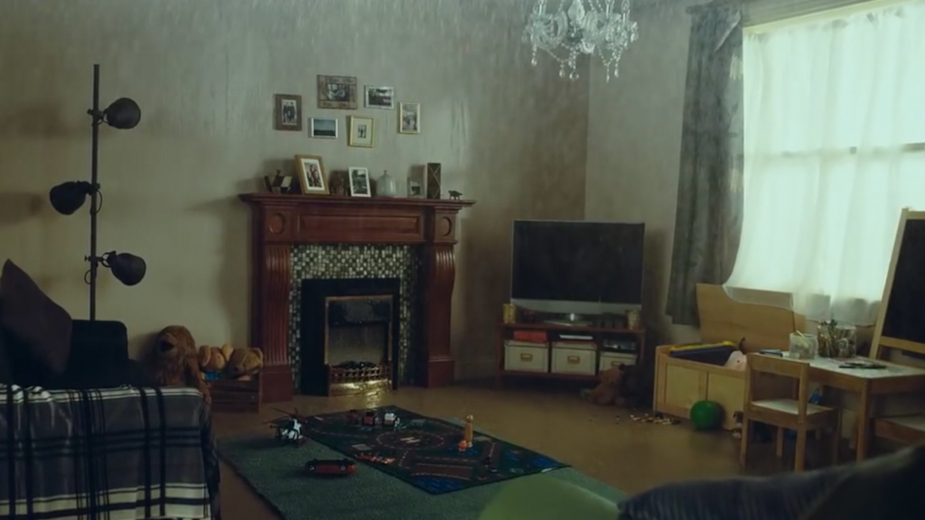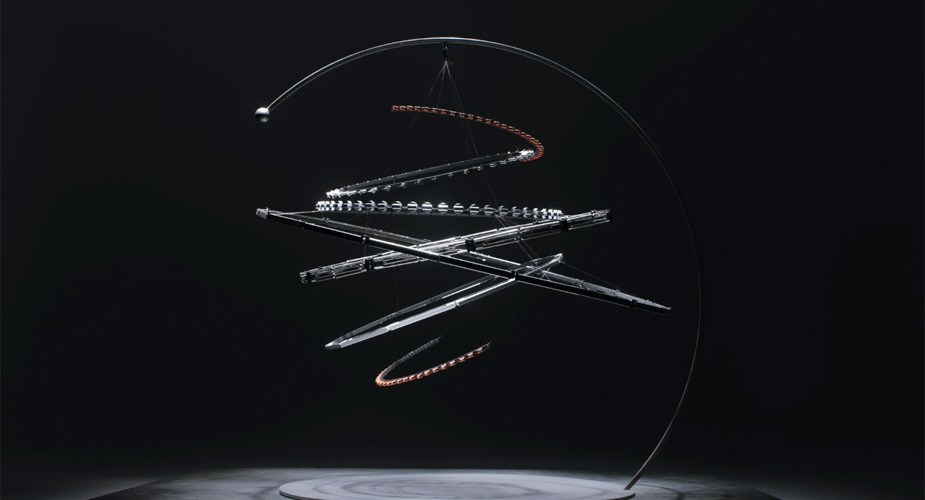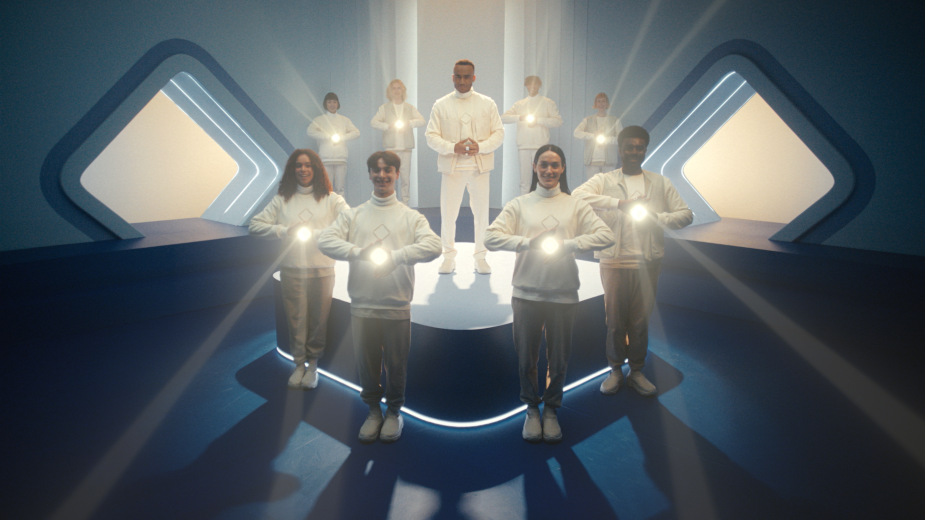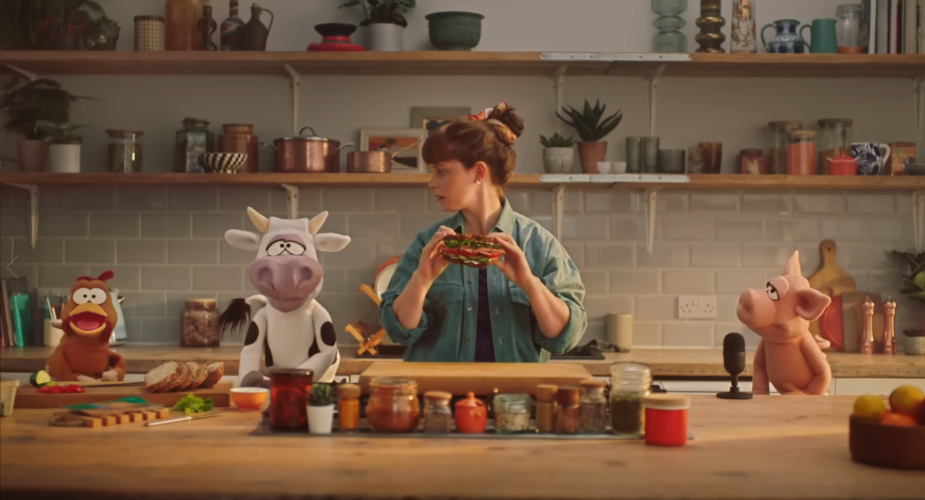
Production Design: “Building and Destroying Worlds”

Recently, both film buffs and regular cinema enjoyers had their attention brought to the unmatched production design on ‘Barbie’. Sarah Greenwood, production designer on the film had three design rules when creating the set with set decorator Katie Spencer: ‘No black, no white and nothing from the real world.’ And surely enough, the formula worked like magic.
Effective filmmaking is always tied to masterful worldbuilding, so it comes as no surprise that production design is one of the pillars of a memorable cinematic experience. Barbie is certainly not a standalone example of brilliant production design, but it’s the most recent one where we, the audiences, saw design’s power in altering narratives and setting up the overall feeling of a project. This remains true for big budget Hollywood productions, indie films with a tiny crew, music videos and commercials.
The production design discipline is also an incredibly vast one, having to encompass anything from post-apocalyptic desert wasteland settings (‘Mad Max: Fury Road’) and European ski resorts in the ‘30s (‘The Grand Budapest Hotel’), so those who practise it never end the day on a dull note.
For Max Lincoln, production designer for film and TV, repped by Loop Talent, “getting lost in building and destroying worlds” has always been a sanctuary. While always having been practically minded, his passion for worldbuilding began with Lego and the inherent humour that came with the toy brand. It also helped him to “perfectly illustrate” what he felt impossible to explain.
"I didn't know much, but I got stuck in and never looked back."
From school, Max’s path to production design was fairly direct - he did an art foundation at the Chelsea School of Art and Design, where, for his final project, he created an entirely cardboard ‘Transformers’ musical. Next, he studied film production at The Arts University Bournemouth, where he spent a bulk of his time helping in the art department on graduation and second-year projects. “I didn’t know much, but I got stuck in and never looked back.”
During his time at Bournemouth, Max also found his first ever job as a head of design, designing a Bollywood feature during his second summer at the university. “It was a wild experience,” he recalls. “With constantly changing creative and no defined budget, this lack of definition was more of a way to stop me from spending anything rather than being positive.” The result? A film dressed with ‘borrowed’ items from Max’s parents and friends. “The rest was from charity shops. In total, excluding vehicles, I spent £450!”
Prior to this, just after first year, Max had dabbled a bit with art direction on another low-budget gig, called ‘Lotus Eaters’, where with an intimate crew of only four people, Max found that jumping in between jobs helped him learn a lot. As a whole, he never really shied away from stepping into different shoes, and after university, while his goal was always design, he continued his exploration of the art department areas through work on music videos and shorts.

Above: Max's work on Highways Agency 'Rain'
But Max knew there was a lot more to learn about design in particular, beyond just knowing one’s way around the second hand shops in town and haggling at markets for vintage pieces. Eventually, having passed his driving test (which he learned was a crucial part of the job), he started on set at ‘Legend’ with Tom Hardy as a “petty cash buyer.” “There, I had the pleasure of spending £1500 on sheepskin rugs for a scene. I wasn’t allowed to tell the Ikea staff what it was for though, they thought I was unhinged.”
But Max knew there was a lot more to learn about design in particular, beyond just knowing one’s way around the second hand shops in town and haggling at markets for vintage pieces. Eventually, having passed his driving test (which he learned was a crucial part of the job), he started on set at ‘Legend’ with Tom Hardy as a “petty cash buyer.” “There, I had the pleasure of spending £1500 on sheepskin rugs for a scene. I wasn’t allowed to tell the Ikea staff what it was for though, they thought I was unhinged.”
Nevertheless, it was ‘Legend’ that gave Max the real 360-degree idea of what a set can become.
Afterwards, a bit of prop assisting and standby art direction slowly led him to a pivotal moment in his career - art directing massive adverts for designer Mark Connell. During this time, Max says, was when his creative vision underwent its biggest transformation and perhaps took better shape. It wasn’t only the improved budgeting situation that made working with Mark a different experience, but also the greater design scope.
“Budgets end up being tight no matter your scale, but having so much more to play around with and more significant challenges was a huge learning curve,” he continues . “The most exciting of Mark’s jobs was a three-month commercial for Miele and director Dan Tobin Smith. We had over fifteen sets, and each was a sculptural build. It was an enormous undertaking, and overseeing the makes and witnessing the design process taught me so much.”

Above: Max's work on Miele
Max’s creative development after these projects is evident - his work for Sky in its ‘Sky Stream’ advert, directed by Zite & Léo / MindsEye, was where he finally got to draw from his love of sci-fi. For the film Max constructed a large modern set for Munya Chawawa’s Sky cult, creating a modern, conceptual and stylish spot.

Max’s creative development after these projects is evident - his work for Sky in its ‘Sky Stream’ advert, directed by Zite & Léo / MindsEye, was where he finally got to draw from his love of sci-fi. For the film Max constructed a large modern set for Munya Chawawa’s Sky cult, creating a modern, conceptual and stylish spot.

Above: Max's work on Sky Stream
It was also during the days working with Mark and finding his standing that Max learned two crucial lessons that he still carries on set with him today: “Know your strengths and find a team that complements your weaknesses” and “Never ask a teammate to do something you wouldn't feel comfortable doing yourself.”
These kinds of mantras are crucial for making it through the ever-surprising world of production design. About the journey through it, Max finds the full immersion the most exciting part - “Standing in a fully dressed set in a world of your co-creation is incredible. One of the weirdest of these was creating a porn set for a Sixt advert for Jim Archer / MindsEye. We went in hard on multiple fetishes for background dressing. I think the result was pretty hilarious!”
But things in production design can get a lot more surreal than just porn. “Those parts are only sometimes enjoyable,” admits Max. “For example, a day standing in a swamp resetting a skeleton for a zombie film. It was so bizarre. But that’s why I love the art department! You get to bring to life so many crazy ideas.”
Bringing these “crazy” ideas to life, though, is never a straightforward process. Upon receiving a brief, Max says he always needs to have his initial director and/or producer chat, after which he is able to pull together some initial mood-boards based on each set. Then - feedback. “Typically, I work alone,” says Max. “But if there is concept work, I will outsource that to some fantastic artists I’ve met over the years.”
In these initial steps, receiving a clear creative is always the most crucial element to any successful design process. From that point, ensuring things go smoothly and staying adaptable (as with any part of production) is what carries the designer through the project. “Sometimes proposed ideas are too expensive, or have too long a lead time, etc. As designers, we need to stay flexible, and that’s the only way to guide a project to go perfectly.”
Clear creative gives way for smooth reference searching too, which ultimately leads to a quicker start of the process. “It’s hugely important and creates the base for everything that follows and starts from there,” adds Max about finding the right references. “Once it’s been approved, generally, it’s locked in place and all the propping, graphics and makes develop from there!”
And when it comes to style, Max is quick to admit he loves big, bold colours and striking textures. “I’m inspired mainly from sculpture and fine art, particularly surrealism, modernism and brutalism. While my taste has stayed the same, in commercials, you need to be extremely adaptable and work in the style of your client and director.”

Above: Max's work on Quorn
To this end, over the years, adaptation has become second nature to Max, but it’s still hard to guess the taste of a certain director. So, Max always takes the directors’ treatment as a benchmark for aesthetics and goes from there.
To this end, over the years, adaptation has become second nature to Max, but it’s still hard to guess the taste of a certain director. So, Max always takes the directors’ treatment as a benchmark for aesthetics and goes from there.
"My taste has stayed the same, but in commercials, you need to be extremely adaptable."
His style or not though, aesthetics and ambiance always come down to colour, lighting and dressing - the three areas Max loves most. “Colour and lighting are the best ways to set a tone and mood in a space, and I love working with the DP and gaffer to bring it all together. Particularly, I prefer practical or integrated lighting that uses warmer or saturated tones.”
Prop dressing, he finds, is another fantastic way to create the desired mood, but is often the most contentious part of Max’s job. “This is because photographs can misrepresent props, whether through their size or colour. So, the challenge is to present them and your vision in the clearest light possible through your mood boards.”
Because of all the moving parts of production design and the incredible amount of collaboration required to reach a desired look, every project has its unique challenges for the head designer. One that Max remembers is a completely live music video for Kasabian he worked on, called ‘Are You Looking for Action?’. Directed by Sing J. Lee and Aitor Throup at Partizan, the video (being fully live) was a huge risk.
"The challenge is to present your vision in the clearest light possible through your mood boards."
“Being live, any mistake would be aired to the 437,000 people watching it,” he says. “We had a band member enter and jump out of a cake with a saxophone, confetti cannons and a club full of extras.” With, shockingly, only two rehearsals Max and the team just went for it. “I love a challenge! And while it was a complex shoot, succeeding in those conditions was an absolute joy.”
On the flipside, his advert for Budweiser X Perfect Draft, ‘The Big Game’, for Michael J. Ferns at Untold Studios was a project where everything felt under control. The design got cracked quickly, and Max also got to work with ‘liquid specialist’ Ed Kellow, who worked on the drinks. “Having somebody so skilled in such a niche really took a lot of the pressure off,” Max adds.
Looking into the future, Max leaves us with this: “I’m really excited to work on larger, more technical sets! There will always be challenges, but I love meeting new people and geeking out about design with them. While I’m sadly no longer playing with Lego, I’m very happily playing with design in the art department.”











